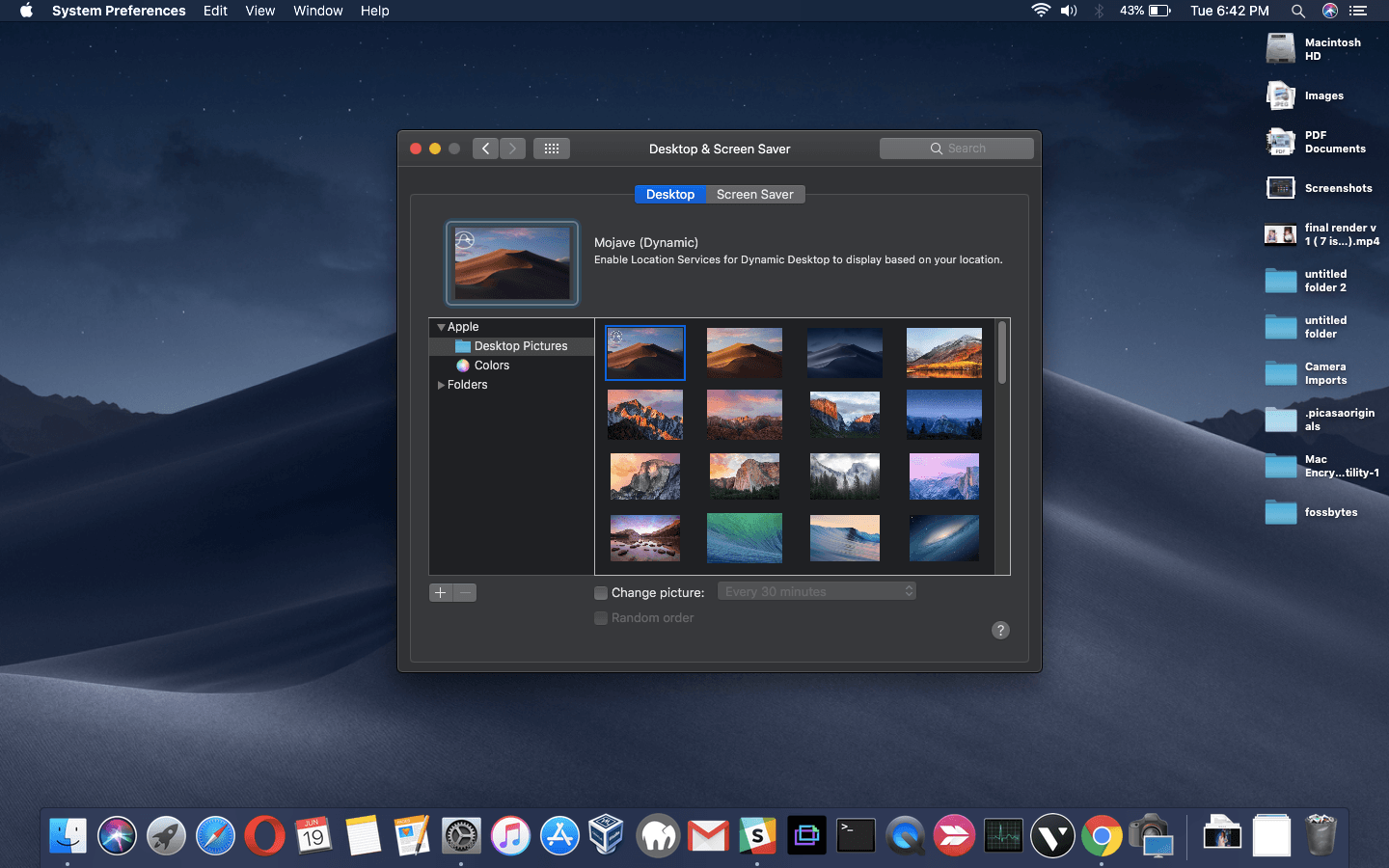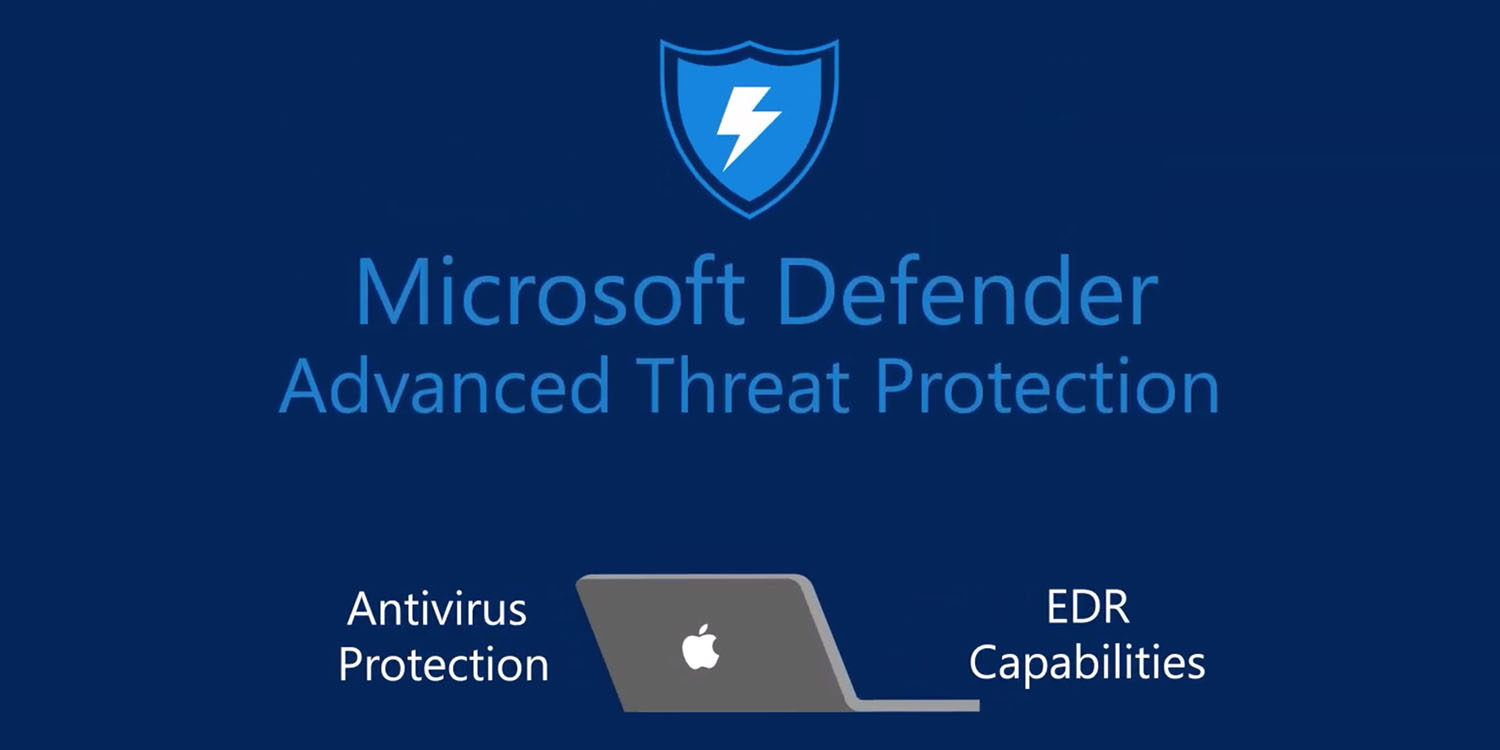Developed by the Microsoft company, now MS Office 2019 software can be used by Mac users for free. Especially for those who have updated to the latest mojave macos in 2018. Microsoft Office 2019 consists of Outlook, OneNote, PowerPoint, Word, Excel. This version of the software has fully supported the previous version file format. Jul 29, 2008 The subjects were put on video, asked about their Vista impressions, and then shown a 'new' operating system, code-named Mojave. More than 90. Running other third-party endpoint protection products alongside Microsoft Defender ATP for Mac is likely to lead to performance problems and unpredictable side effects. If non-Microsoft endpoint protection is an absolute requirement in your environment, you can still safely take advantage of MDATP.
Jun 04, 2018 San Jose, California — Apple today previewed macOS Mojave, the latest version of the world’s most advanced desktop operating system, with new features inspired by pros but designed for everyone. In macOS Mojave, a new Dark Mode transforms the desktop with a dramatic new look that puts the focus on user content.
Summary
This article describes some useful tools for Microsoft Outlook for Mac.
More information
Outlook Search Repair
The Outlook Search Repair tool repairs search results within Outlook.
Important
Due to some changes in macOS Mojave, this tool no longer works in 10.14 and higher. If you are on macOS Mojave (10.14), you can follow the steps below to reindex Spotlight for Outlook for Mac.
Choose Apple menu, then System Preferences, and then Spotlight.
Select the Privacy tab.
In Finder:
On the Go menu, select Go to Folder...
Copy and paste the following location into the 'Go to the folder:' dialog box and select Go:
~/Library/Group Containers/UBF8T346G9.Office/Outlook/Outlook 15 Profiles/
Drag the 'Main Profile' folder to the Privacy tab. Once added, remove the folder, and Spotlight will re-index the folder.
You must perform this step for any additional profile folders you have.
See the following article from Apple to learn more: How to rebuild the Spotlight index on your Mac.
When to use the tool
Use this tool if search results within Outlook show nothing or return older items only. For example, if you search for an email message that you already have open and that message isn't displayed in the search results.
How to use the tool
Download and open the Outlook Search Repair tool.
Follow the instructions.
Note The tool searches for duplicate installations of Outlook. If no duplicates are detected, go to step 3. If duplicates are detected, remove the duplicate Outlook installations, and then restart the system. After your system is restarted, the Outlook Search Repair tool may reopen. If it does reopen, exit and restart the tool.
Select Reindex.
Note The Outlook Search Repair tool displays a 'Reindexing, please wait' message while it works. Wait for this process to finish. This may require an hour or more, depending on the size of your Outlook profile. Outlook doesn't have to be open when the repair occurs. A spotlight search will be slower and may not finish while the index is being repaired.
Exit the Outlook Search Repair tool when you receive the following message after the repair is completed:
Done! Reindexing has completed!
OutlookResetPreferences

The Outlook Reset Preferences tool resets all Outlook preferences to their default settings.
When to use the tool
Use this tool to reset any customizations that you've made to Outlook by using the Preferences option on the Outlook menu. This tool also stores the settings for the Outlook window size and position. This tool shouldn't be needed most of the time. But it can be useful.
Note The Outlook Preferences file doesn't contain all the preferences for the application. Also, resetting Outlook preferences doesn't remove email messages or account settings.
How to use the tool


- Download and open the Outlook Reset Preferences tool.
- Click the Reset Now! button. This closes Outlook if it's open, and then resets the preferences to their default settings.
- Exit the Outlook Reset Preferences tool.
SetDefaultMailApp
The Default Mail Application tool lets you easily make Outlook the default mail application.
When to use the tool
Use this tool if you want Outlook to open a new email message when you click a mailto: link in an email message or on a website. Selecting a mailto: link opens the default email application. Outlook isn't the default email application until you change that setting.
How to use the tool
- Download and open the Default Mail Application tool.
- In the Default Mail Application dialog box, select com.microsoft.outlook, and then click Make Default.
- Exit the Default Mail Application tool.
ResetRecentAddresses
The Reset Recent Addresses tool lets you reset recent addresses that Outlook stores. This tool deletes all recent addresses instead of you having to manually delete addresses one at a time.
When to use the tool
When you compose an email message and add people on the To, Cc, or Bcc line, Outlook suggests names as you type characters. The list of names that Outlook uses is a combination of stored contacts, the company directory, and recent contacts. Recent contacts have an 'X' character next to each name. Without this tool, you have to click the 'X' on each contact to remove that contact from the Recent Address List. The Reset Recent Addresses tool cleans out all recent addresses at the same time.
How to use the tool
- Download and open the ResetRecentAddresses tool.
- Click the Reset Now! button.
- Exit the Reset Outlook Recent Addresses tool.
| Part of a series on |
| Windows Vista |
|---|
| New features |
| Other articles |
The Mojave Experiment is an advertising campaign that was conducted by Microsoft for Windows Vista in 2008. The campaign was part of Microsoft's efforts to change what it felt was an unfair negative consumer perception of the operating system.[1]Mojave spanned a series of advertisements that consisted of individuals being shown a demonstration of Windows Vista by Microsoft; however, the operating system was rebranded in disguise as a new version of Windows codenamed 'Mojave,' which was not revealed during the demonstration.[1][2]
Prior to the demonstration, participants generally gave a negative assessment of Windows Vista. In contrast, reviews for 'Mojave' were positive, with participants stating that they intended to use or purchase the operating system for themselves; the same participants were astonished when they were told that 'Mojave' was Windows Vista.[1][2][3] The campaign implied that negative consumer perception was largely the result of preconceived notions about the operating system.[3][4]
Test procedure[edit]
The Mojave Experiment is a public case study designed by Microsoft to determine computer users' thoughts of Windows Vista, in the absence of prior experience. The study begins by asking the participant's thoughts of Windows Vista, with their answers based solely on their knowledge from word of mouth. They were then asked to rate Windows Vista, from 0 to 10. Next, the participants were introduced to Windows 'Mojave.' This was Windows Vista, rebranded to prevent preconceived bias. The users were guided by a Microsoft assistant to test 'Mojave.' After the test, the participants were then asked to rate 'Mojave,' from 0 to 10. It was then revealed to the participants that 'Mojave' was simply Windows Vista, rebranded.[citation needed]
Reception[edit]
Technology bloggers and journalists criticized the experiment because the hardware and software were already set up, so the users did not have to install applications or device drivers, which were the typical source of compatibility issues.[5][6]
See also[edit]
Microsoft Office For Mac Mojave
References[edit]
Microsoft
- ^ abcFried, Ina (July 24, 2008). 'Microsoft looks to 'Mojave' to revive Vista's image'. CNET. CBS Interactive. Retrieved June 4, 2015.
- ^ abFried, Ina (July 25, 2008). 'Mojave experiment gets a Web site'. CNET. CBS Interactive. Retrieved June 14, 2015.
- ^ abProtalinski, Emil (July 24, 2008). 'Microsoft lies to XP users and they start to love Vista'. ArsTechnica. Condé Nast. Retrieved June 10, 2015.
- ^Manjoo, Farhad (August 4, 2008). 'Wandering Through the Desert With Windows'. Slate. The Slate Group. Retrieved December 26, 2016.
- ^Cassisi, Vito (2008-08-11). 'Five reasons why the Microsoft Mojave Experiment is flawed'. Derwent Howard Media. Archived from the original on 2009-01-06. Retrieved 2018-09-22.
- ^'Blog Posts Poke Holes in 'Taste Test' by Microsoft'. The New York Times. 2008-08-04. Retrieved 2009-04-08.